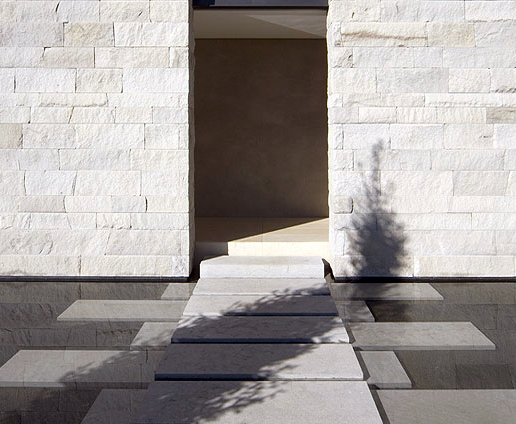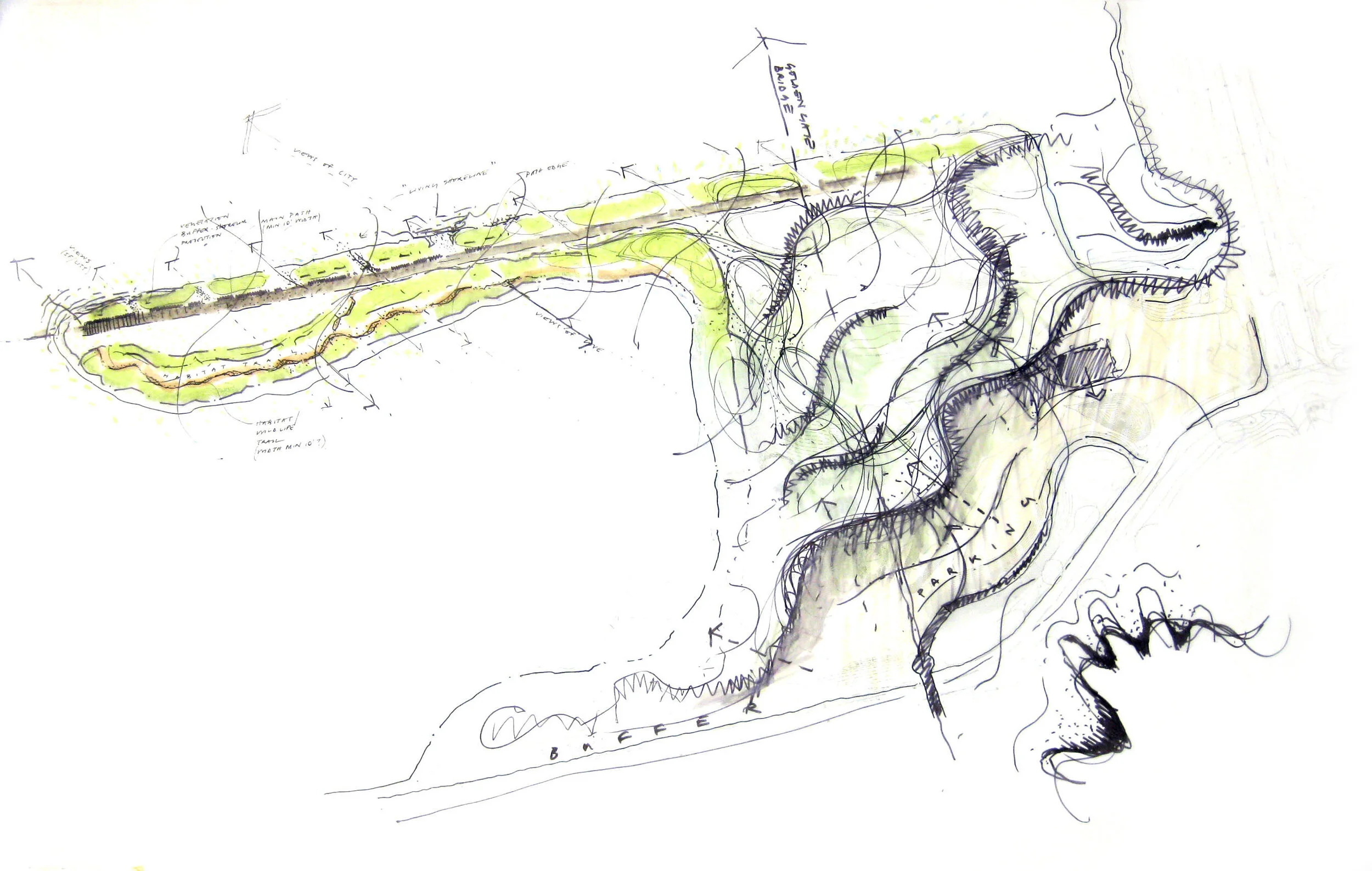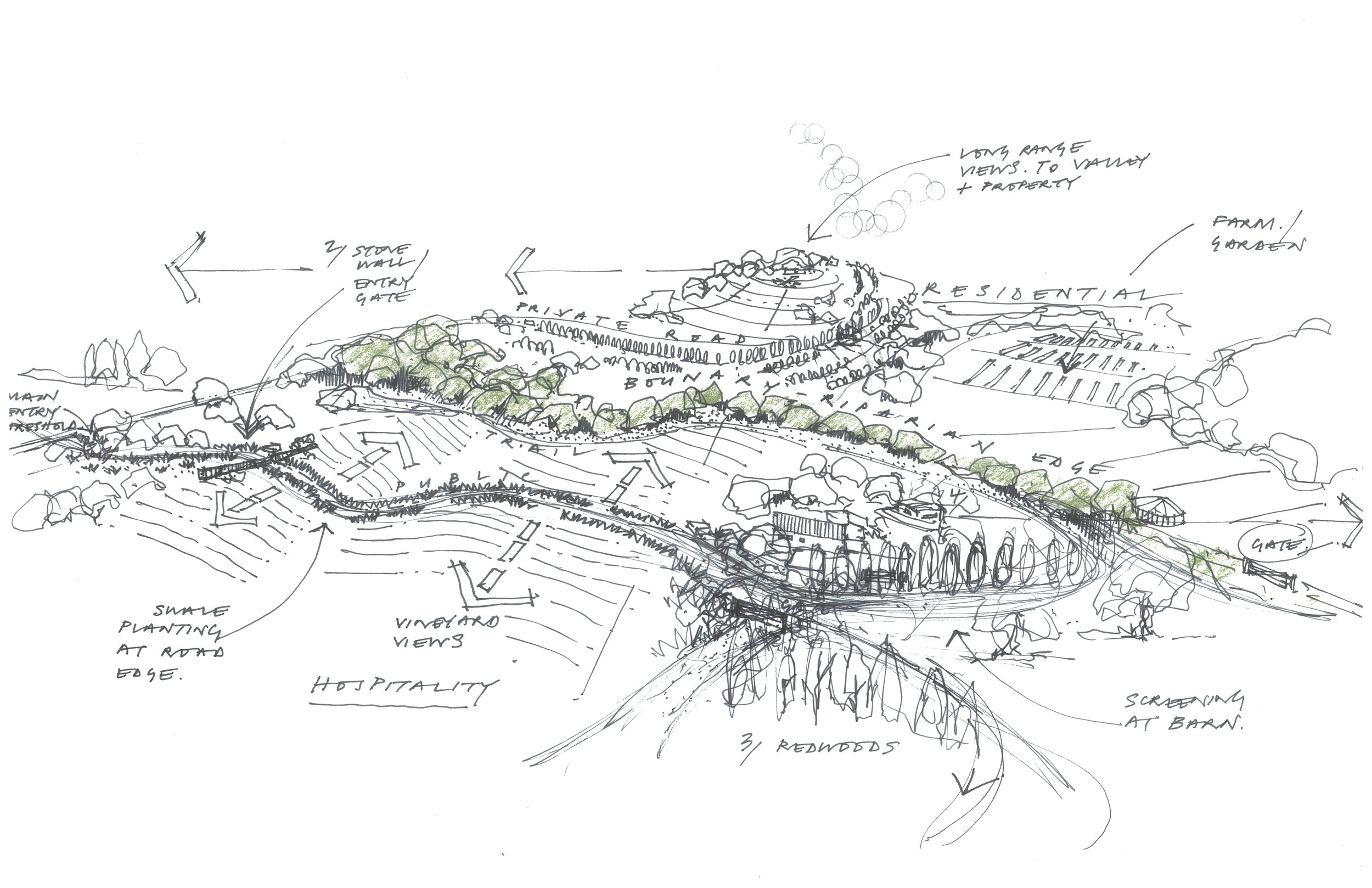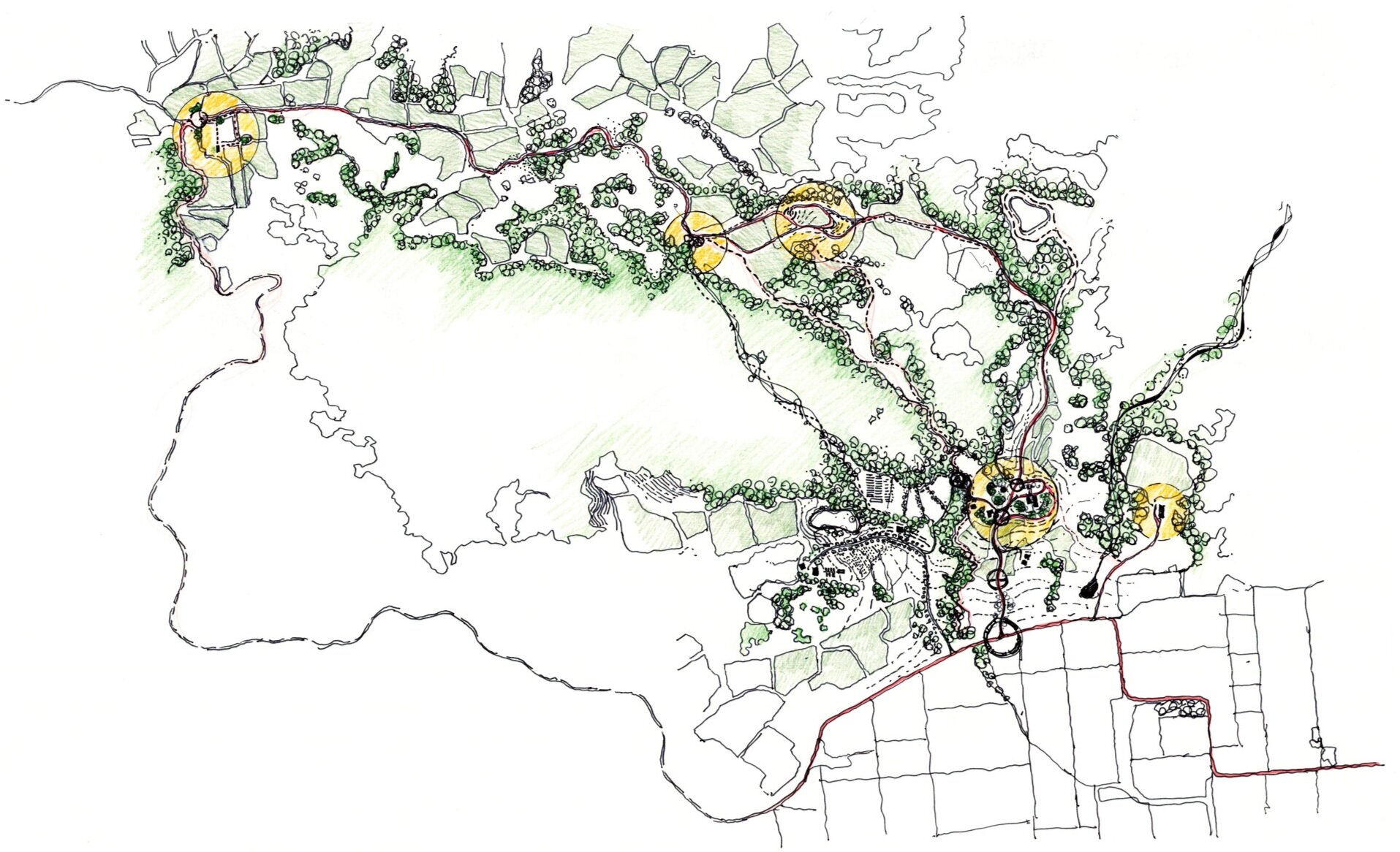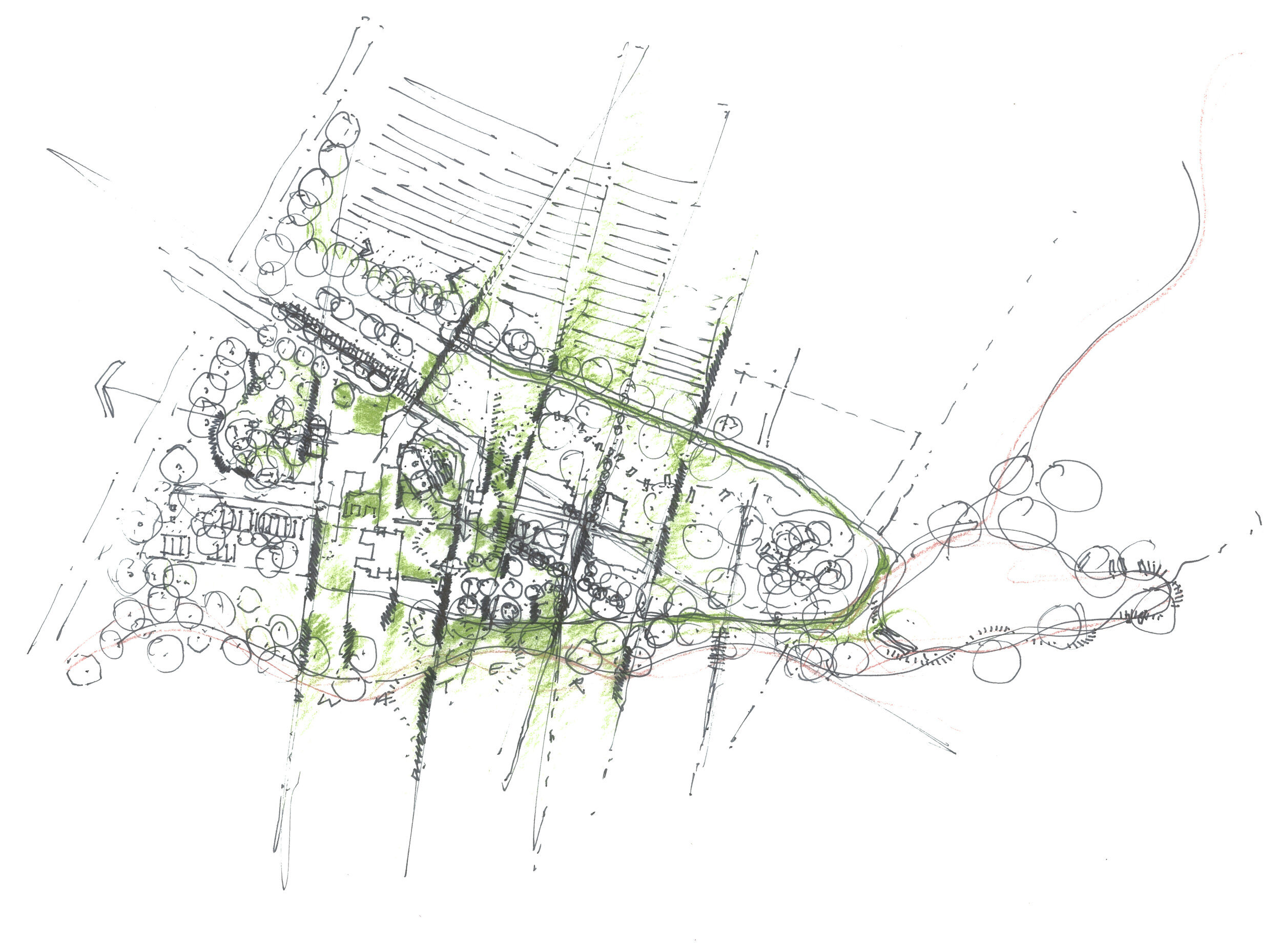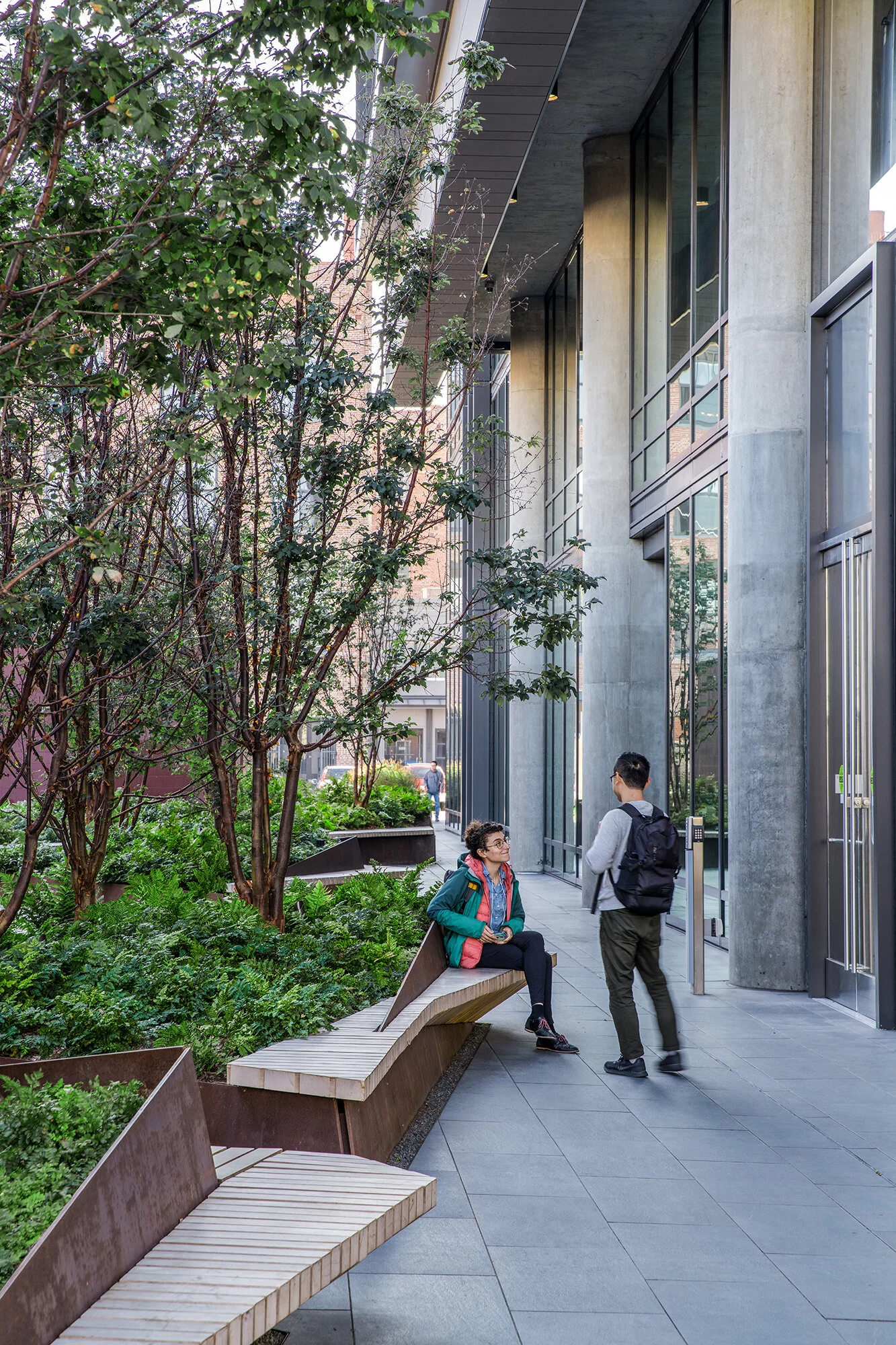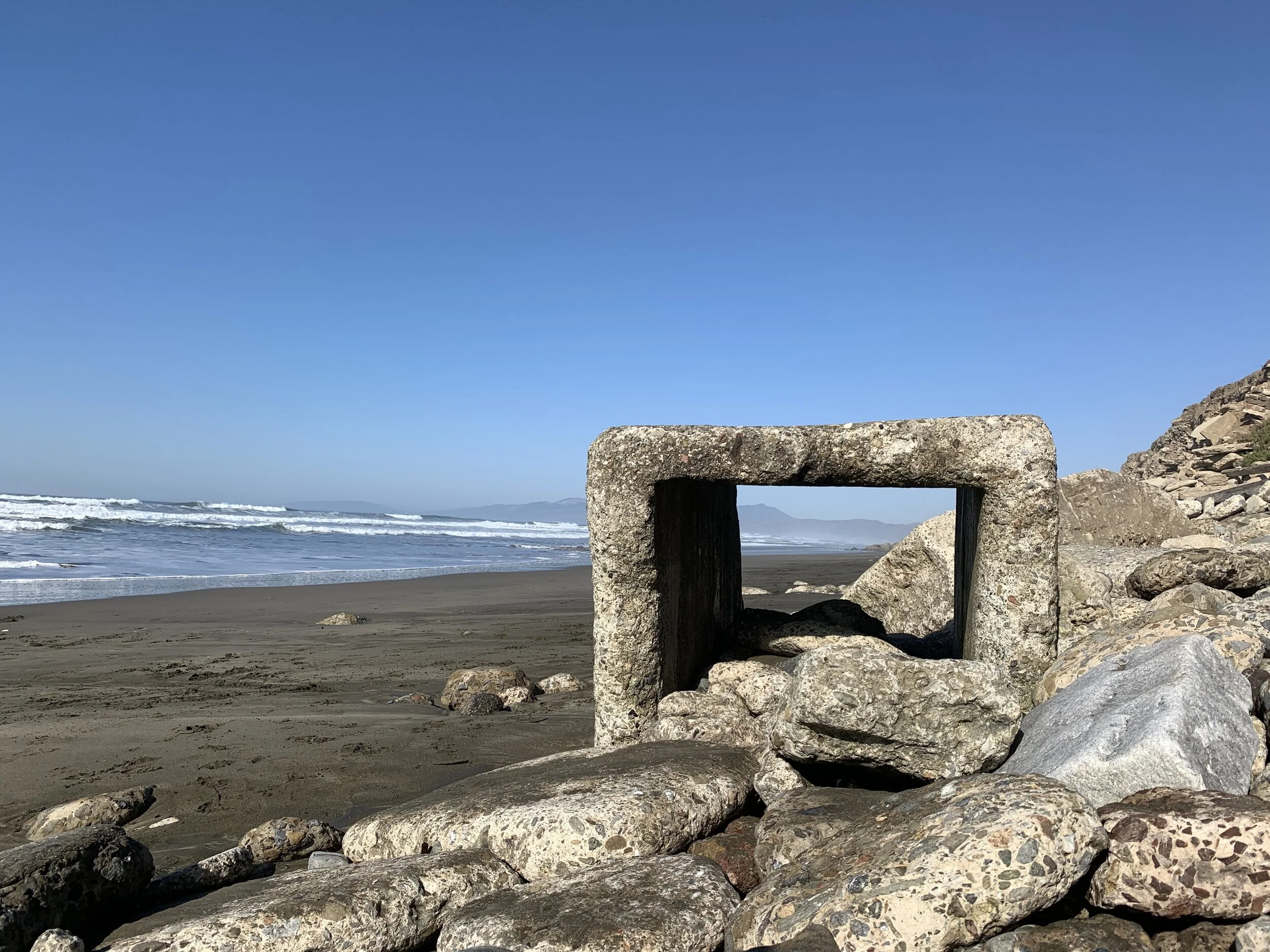STUDIO
PHILOSOPHY
Creating vibrant, enduring, and compelling environments requires thoughtful designs that consider the existing landscape and ecologies. Understanding this context and the dynamic between natural and architectural elements is the driving force behind all projects. Landscape is a potent and lasting form of cultural expression therefore, ‘place making’ becomes the foundation of any MFLA design. By developing a site’s unique identity through exploration, a deeper value is created through experience of that place over time.
With an established reputation for delivering high quality private and public works across a diverse portfolio, James and Marta share a commonsense approach. The result is environmentally grounded designs with integrity and substance.
“We don’t like to say we specialize in sustainability. In our industry, sustainability should be a given.”
PROCESS
MFLA approaches each project with a site specific response, regardless of scale. This process is rigorous, creative and collaborative, ensuring the design expresses the landscape’s unique narrative. Putting pen to paper in an iterative sketching process allows us to craft an authentic and approachable environment that re-connects people to place.
“Projects are more compelling if they have unique, authentic identities. We explore projects as an artistic venture in form and spatial organization.”
APPROACH
TRANSFORMING THE DAY-TO-DAY
MFLA is focused on creating & implementing a design that has presence and spatial choreography, giving users comfortable choices for active or passive participation.
CREATING AUTHENTICITY OF PLACE
Environment and culture enable us to define a sense of place. MFLA seeks design solutions through an open minded discovery to enhance this sense of place, establishing an unmistakable level of quality and balance with the surrounding area.
DEFINING ISSUES + RESPONSIBILITIES
The best design solutions are often found within the problem. MFLA defines criteria and parameters for a successful project, working closely with the project team, clients, city agencies, and key community stakeholders.
LONG TERM THINKING
Sustainability is an increasingly broad term that has a variety of meanings, depending on who you speak with. As landscape designers, MFLA define sustainable work as…
A vehicle that can empower clients and communities to be active stewards of the land
An equilibrium between a clients/community’s vision and a site’s natural, environmental system
Inclusive of the community that uses the space, facilitating social equity
A compliment to the vernacular and history of a place
Using quality materials that are used appropriately for the job and responsibly sourced
Examples of these may include the integration of a smart transit system into an urban streetscape, storm water management into a winery’s outdoor landscape, and restoring damaged ecosystems into usable public recreational spaces affected by industrialization.
We bring these principles to projects of all scales.

